3 Ostrich Fern Glade Fern Perennial Bare Root Shade Garden – Organic & Native
Original price was: $28.99.$13.99Current price is: $13.99.
Bring the beauty of the woodland to your garden with 3 Ostrich Fern Glade Fern Perennial Native Woodland Bare Root Shade Garden. Organic, sustainably grown in the Appalachian Mountains.
Estimated arrival
Dec 12
Dec 17 - Dec 19
Dec 22 - Dec 26
Reasonable Price
We offer reasonable price

Support 24/7
Contact us 24 hrs a day

100% Money Back
You've 30 days to Return

Payment Secure
100% secure payment
Bring Woodland Beauty to Your Garden with Ostrich Ferns
Transform your shaded areas into a lush, green oasis with 3 Ostrich Fern Glade Fern Perennial Native Woodland Bare Root Shade Garden plants. These bare root ferns, also known as Diplazium pycnocarpon, are organically grown in the Appalachian Mountains, ensuring you receive high-quality, native plants perfect for creating enchanting shade gardens. Embrace sustainable gardening with these beautiful and resilient perennials.
The Ostrich Fern is celebrated for its elegant, feathery fronds that add texture and a natural touch to your landscape. Ideal for creating a low-maintenance, sustainable garden, these ferns flourish in shaded areas, providing year-round beauty. Their clumping growth habit makes them an excellent choice for woodland gardens and forest landscaping, enhancing the natural aesthetic of your outdoor space.
Planting these bare root rhizomes is simple: just place them slightly beneath the soil surface, with the bud pointing upward, and space them 6 inches apart to allow for a beautiful, lush spread. With the right care, these ferns will thrive from spring through fall, showcasing a stunning, deciduous display each year. Add organic matter to the soil at planting time and a layer of mulch to help retain moisture.
These Ostrich Ferns are perfect for gardeners looking to incorporate native woodland plants into their outdoor spaces. They not only enhance the aesthetic appeal of shade gardens but also contribute to the sustainability of your landscaping by promoting native flora and supporting local ecosystems. Enjoy the peace of mind that comes with knowing you have a beautiful and sustainable garden.
Enhance your garden with these organic and native Ostrich Ferns. They are a perfect addition to any shade garden, providing beauty and contributing to a sustainable environment. These ferns will bring the tranquility of the woodland right to your doorstep, making your garden a serene and inviting space.
Key Features and Benefits:
- Organic & Sustainable: Grown organically in the Appalachian Mountains, ensuring the highest quality and eco-friendly gardening practices.
- Native Woodland Fern: Perfect for woodland and shade gardens, with an easy-to-maintain growth habit and beautiful, feathery fronds.
- Hardy & Resilient: Thrives in partial shade, withstanding medium moisture levels, making it ideal for woodland settings.
- Perennial Growth: This perennial fern will return year after year, adding year-round beauty and low-maintenance foliage to your garden.
- Ideal for Shade Gardens: Great for creating a lush, green undergrowth or forest garden, perfect for areas that receive little to no direct sunlight.
FAQs
Q1: What are Ostrich Ferns and where can I plant them?
A1: Ostrich Ferns (Diplazium pycnocarpon) are native woodland ferns that thrive in partial shade and moist, humus-rich soil. They’re perfect for shade gardens, woodland landscapes, and forest settings.
Q2: How do I plant the bare root Ostrich Fern?
A2: To plant, simply place the bare root rhizome just beneath the soil surface, ensuring the bud is upright. Space plants 6 inches apart, and apply a layer of mulch to retain moisture.
Q3: Are Ostrich Ferns perennial?
A3: Yes, Ostrich Ferns are perennials, meaning they will return year after year, offering beautiful, feathery foliage during the growing season from spring through fall.
Q4: Can I plant Ostrich Ferns in full sun?
A4: Ostrich Ferns prefer partial shade. While they can tolerate some sun, they thrive best in shaded areas, which mimic their natural woodland habitat.
Q5: Are these ferns grown organically?
A5: Yes, these Ostrich Ferns are organically grown in the Appalachian Mountains, ensuring they are free from synthetic pesticides and chemicals, making them safe for your garden and the environment.
Q6: How large will these Ostrich Ferns get?
A6: Ostrich Ferns can grow to be 2-4 feet tall and wide, creating a substantial presence in your shade garden.
Q7: What kind of soil do Ostrich Ferns need?
A7: They prefer moist, humus-rich soil that is well-draining. Adding compost or other organic matter to the soil will benefit their growth.
Q8: How often should I water my Ostrich Ferns?
A8: Water regularly to keep the soil consistently moist, especially during dry spells. Mulching around the plants can help retain moisture.
Q9: Do Ostrich Ferns attract any wildlife?
A9: While not a primary food source, their foliage can provide shelter for small animals and insects, contributing to a healthy garden ecosystem.
Q10: Can Ostrich Ferns be divided?
A10: Yes, Ostrich Ferns can be divided in the spring or fall to propagate new plants and manage their spread.
Be the first to review “3 Ostrich Fern Glade Fern Perennial Bare Root Shade Garden – Organic & Native”
-
USDA Hardiness Zone
3-7 -
Soil Type
Moist, Humus-Rich -
Sunlight Exposure
Partial Shade -
Expected Planting Period
Spring or Fall

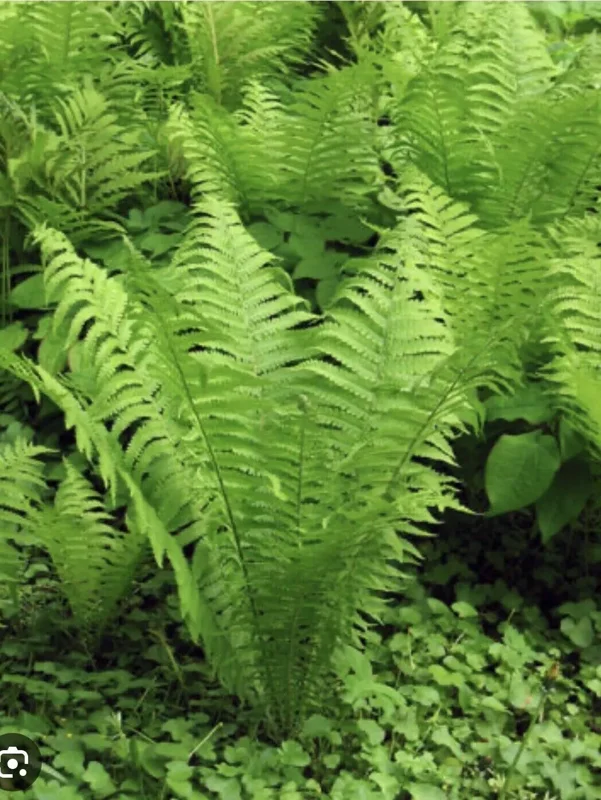
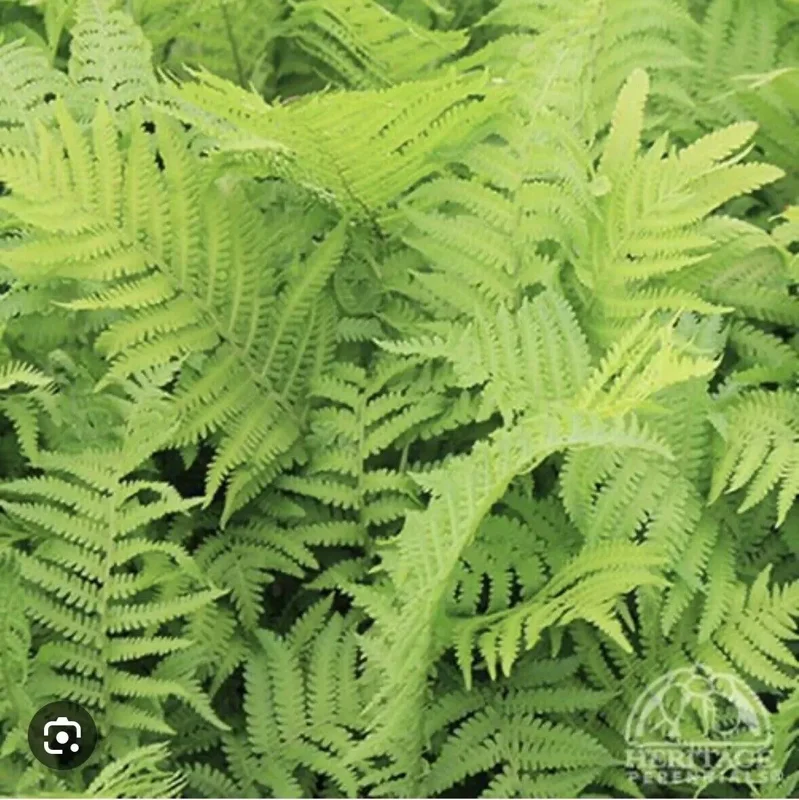
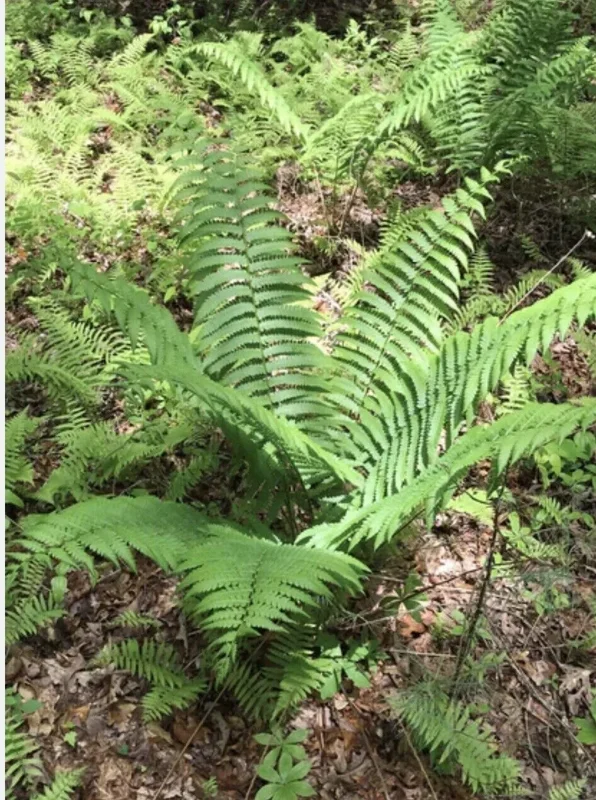
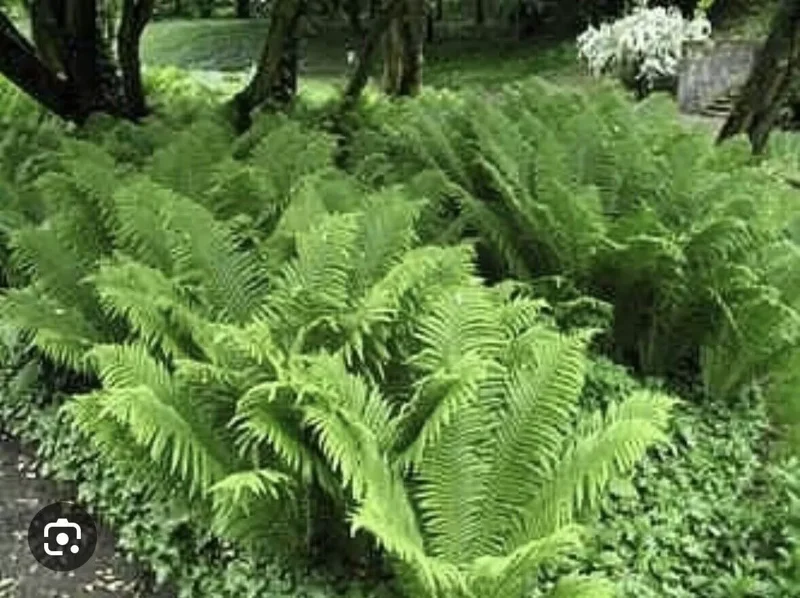
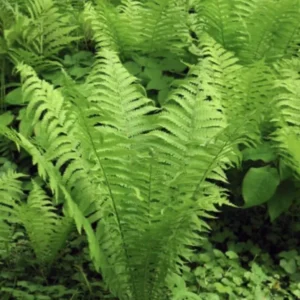
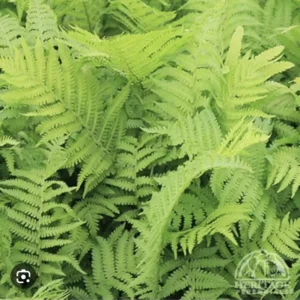
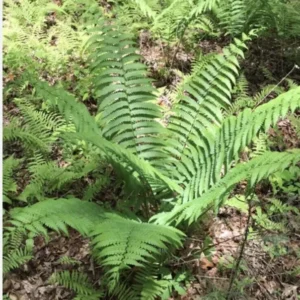
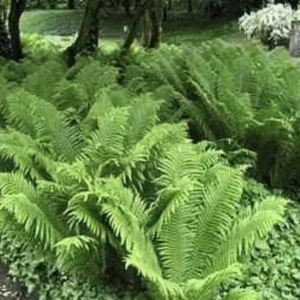

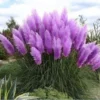
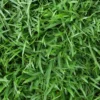

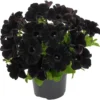
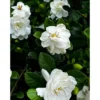
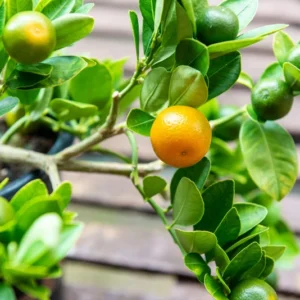
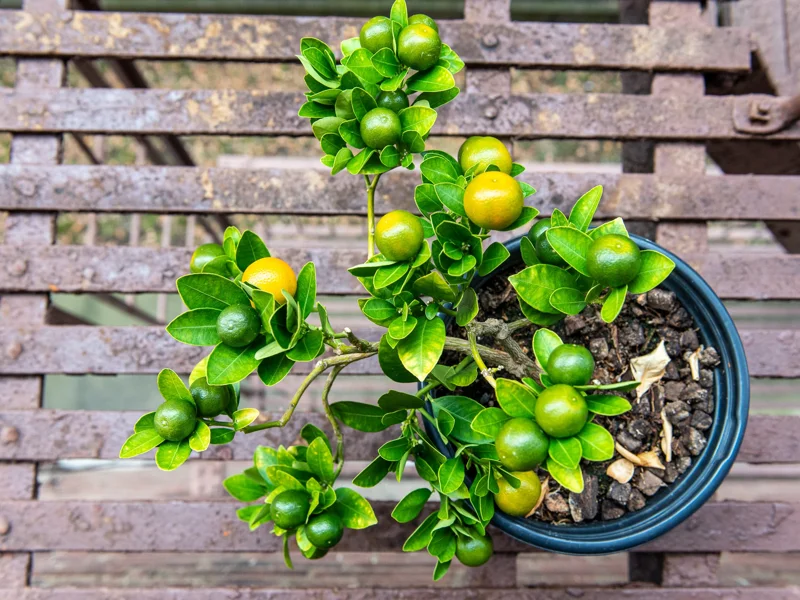
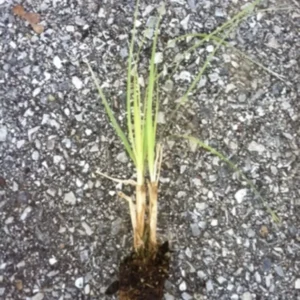
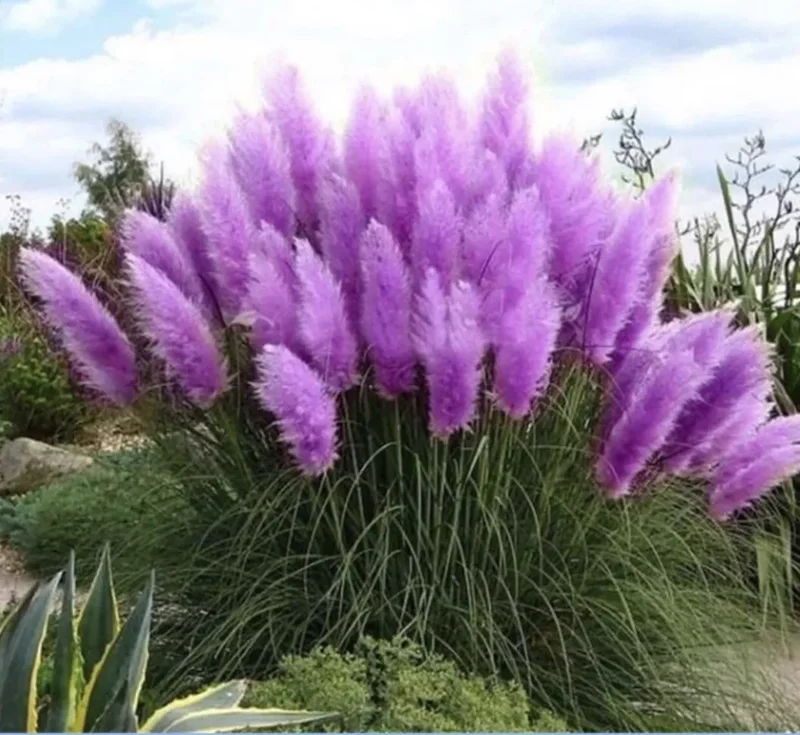
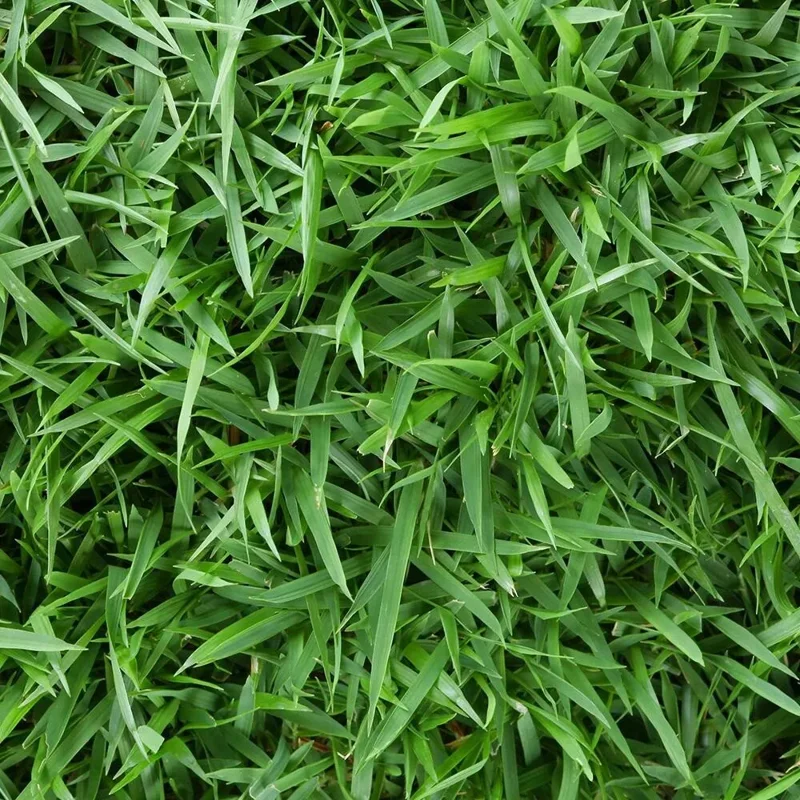



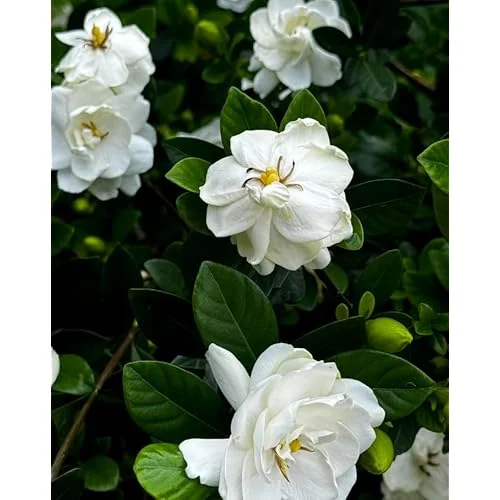
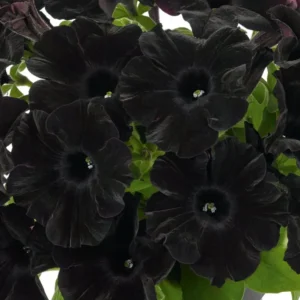
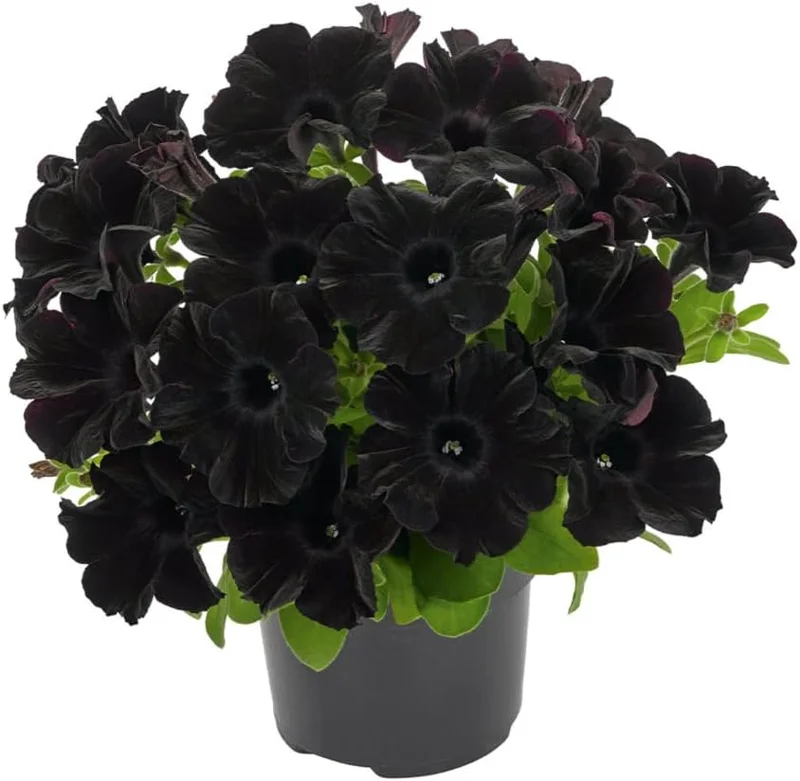
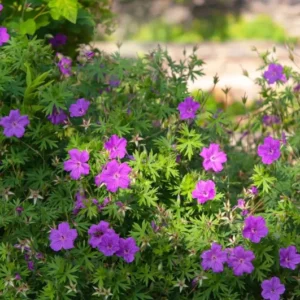
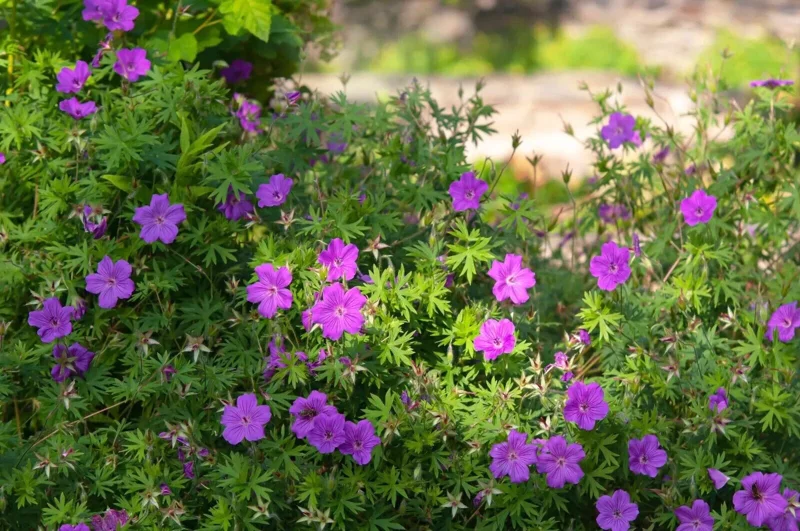
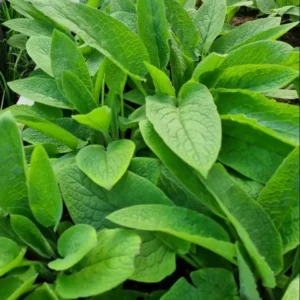
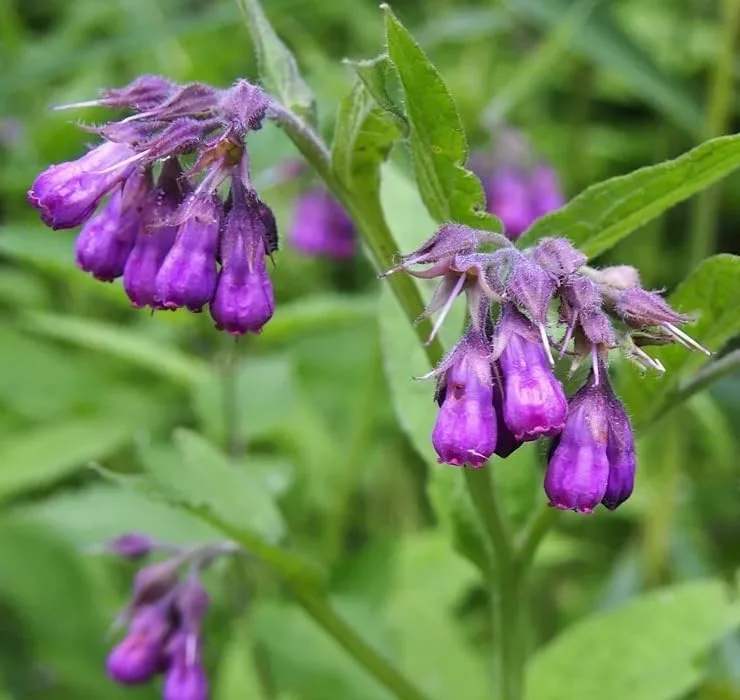
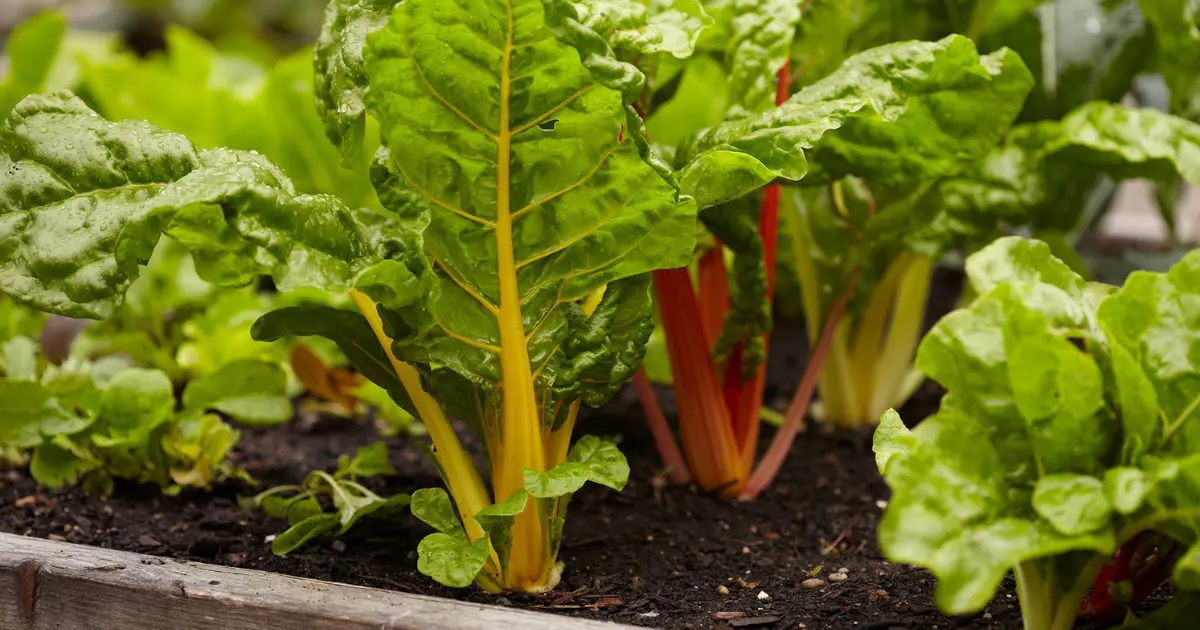
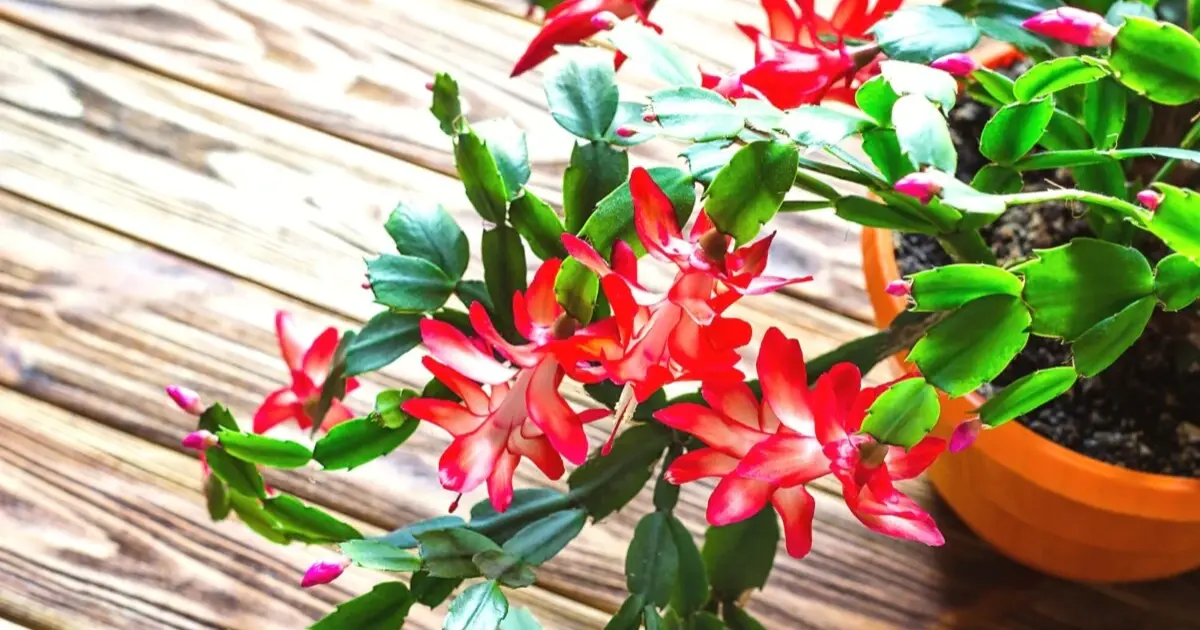
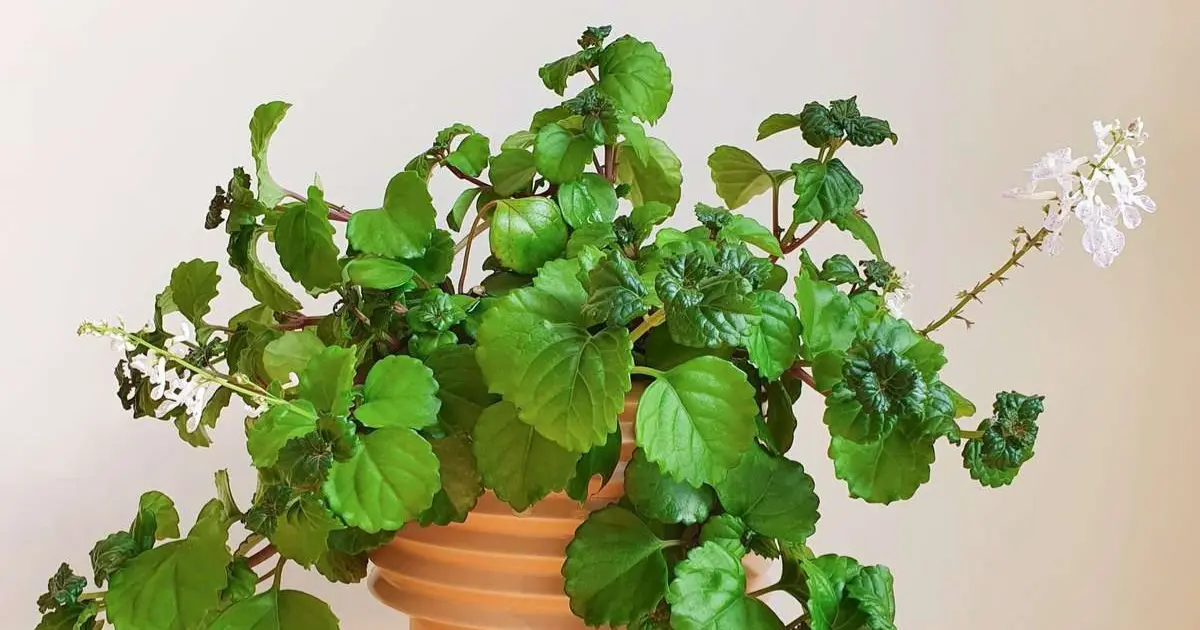
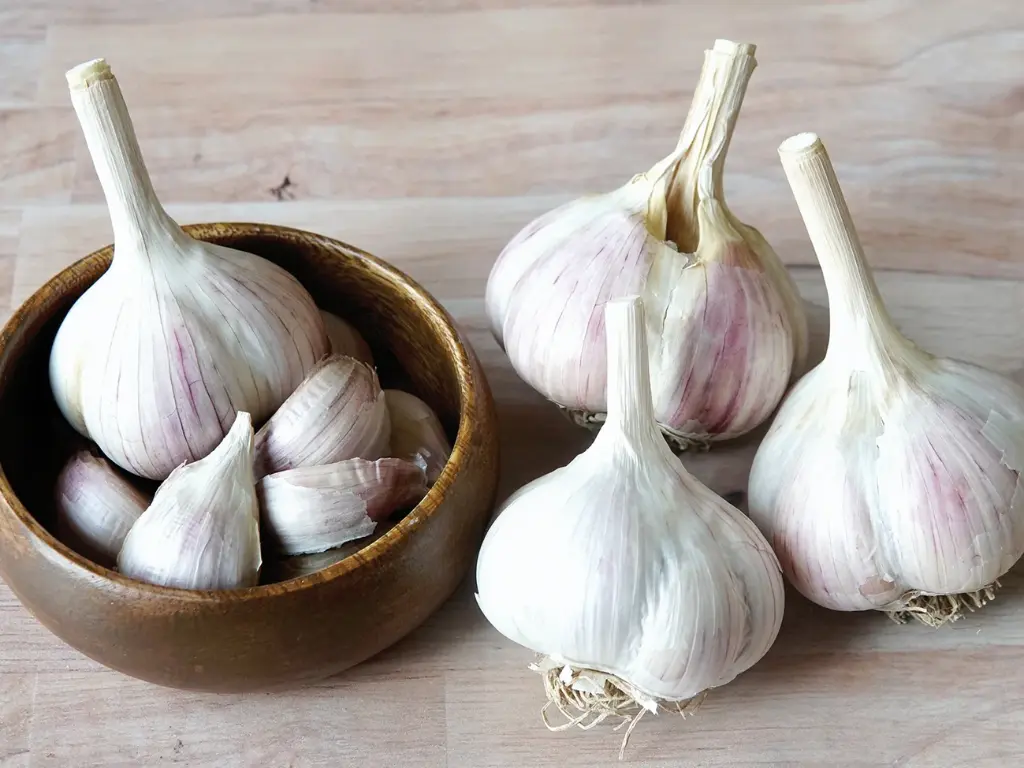
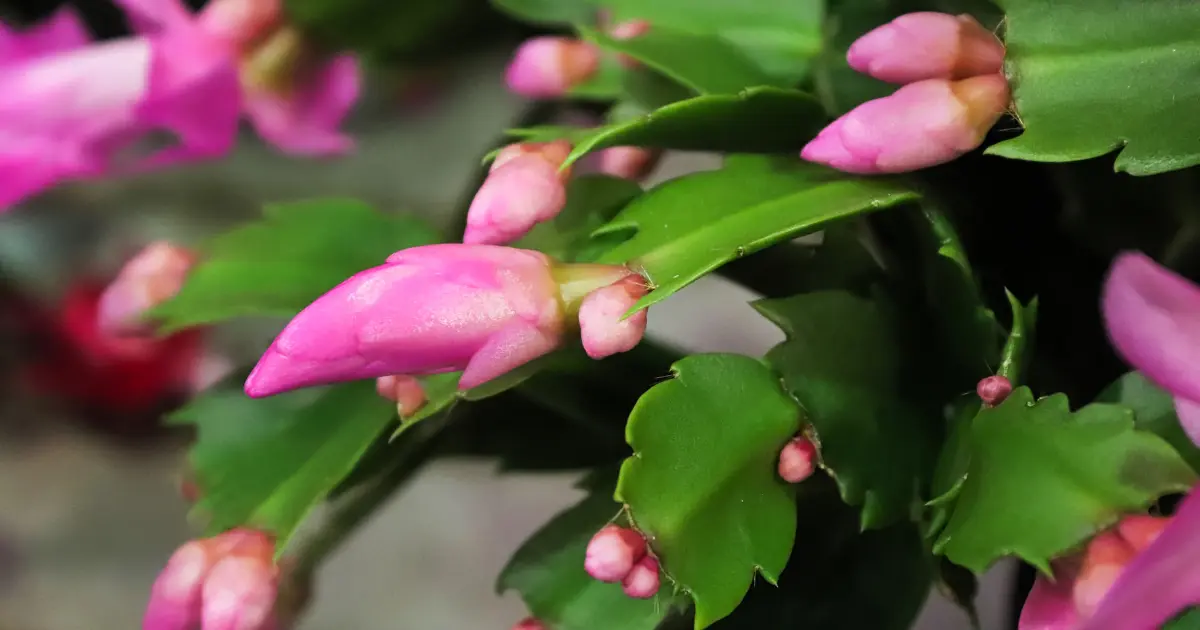

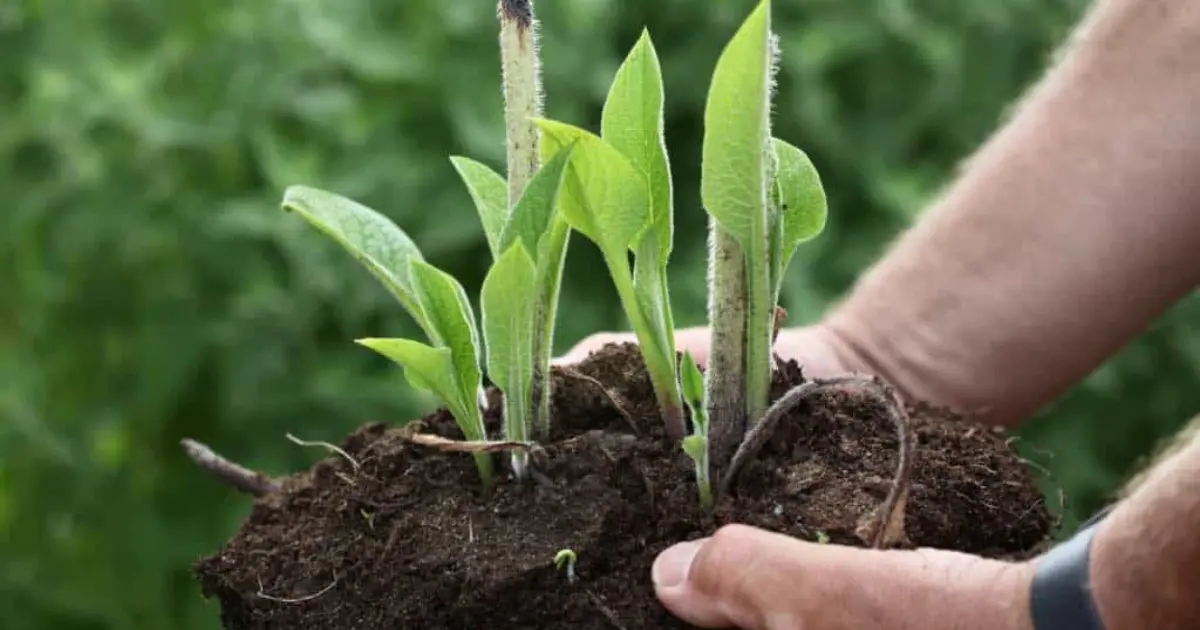

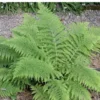
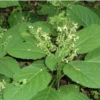
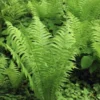
Reviews
There are no reviews yet.